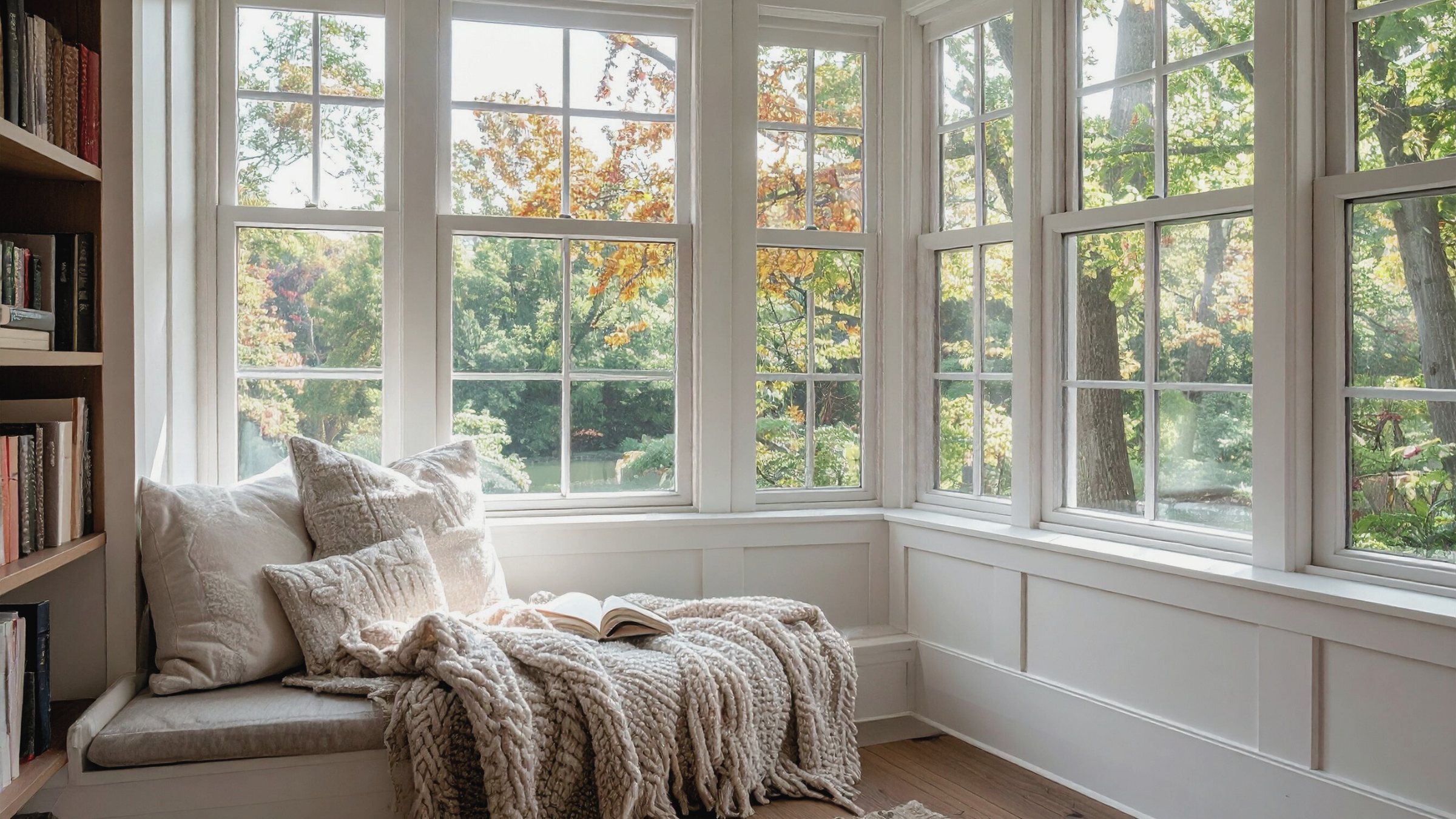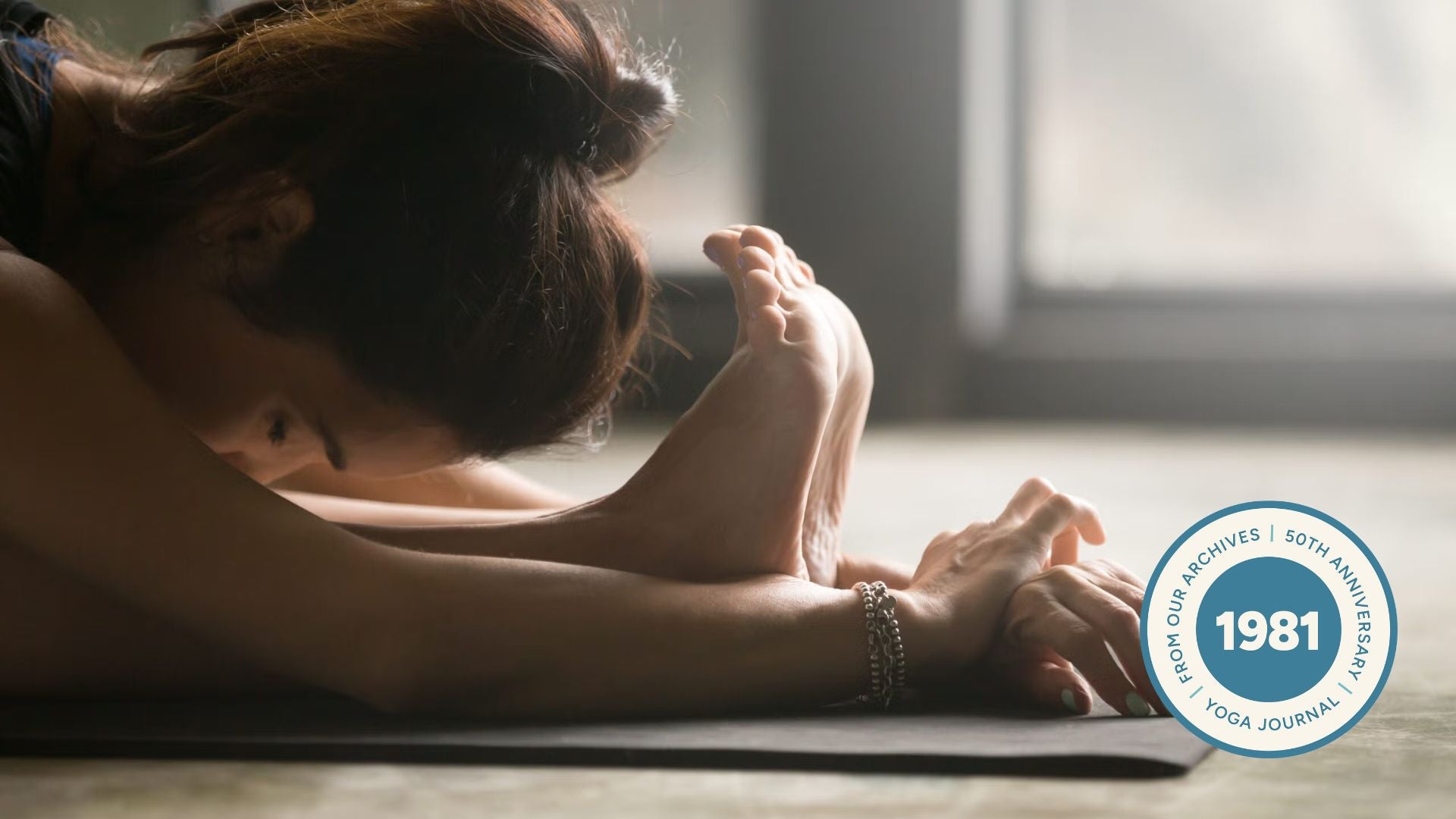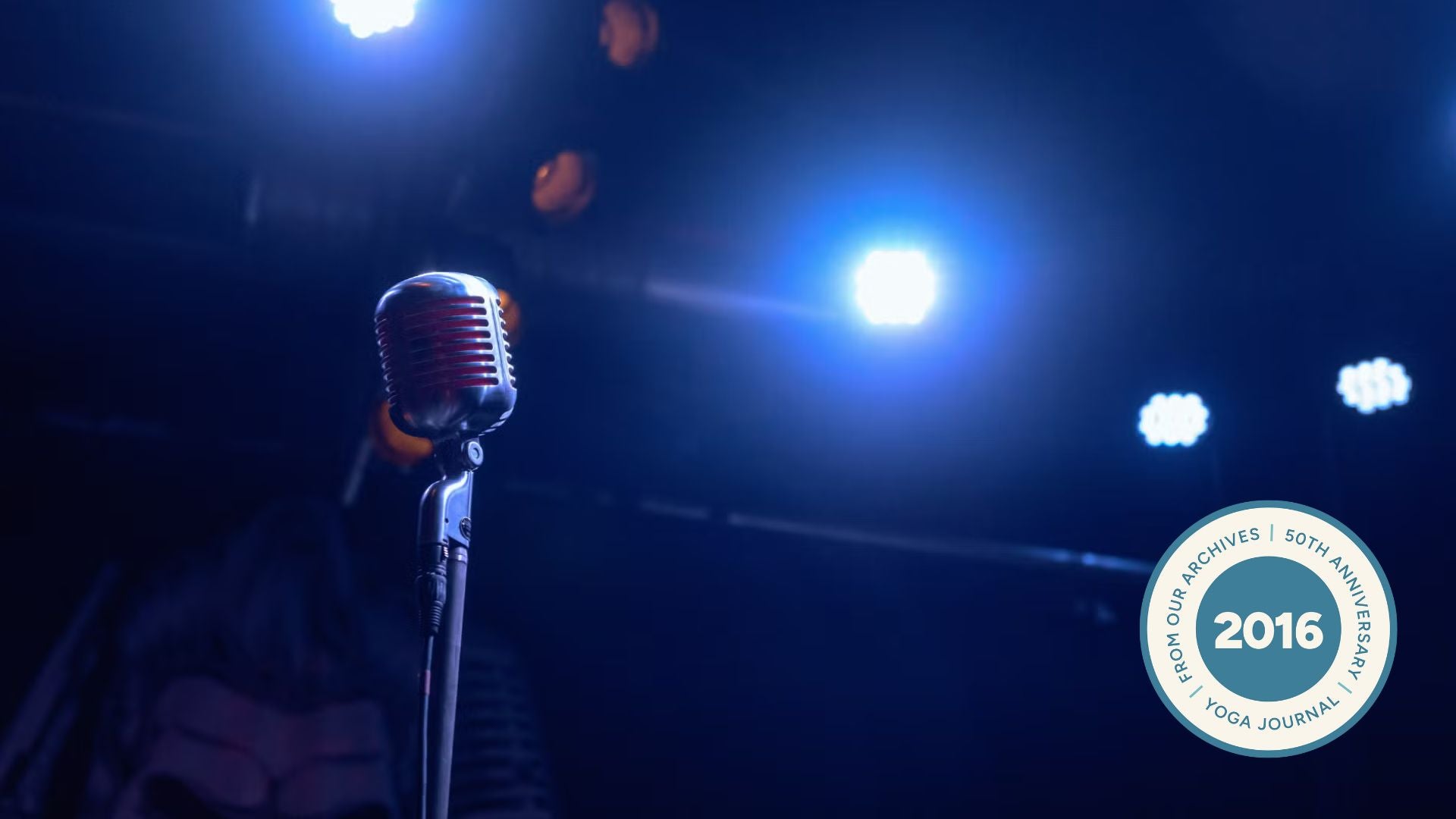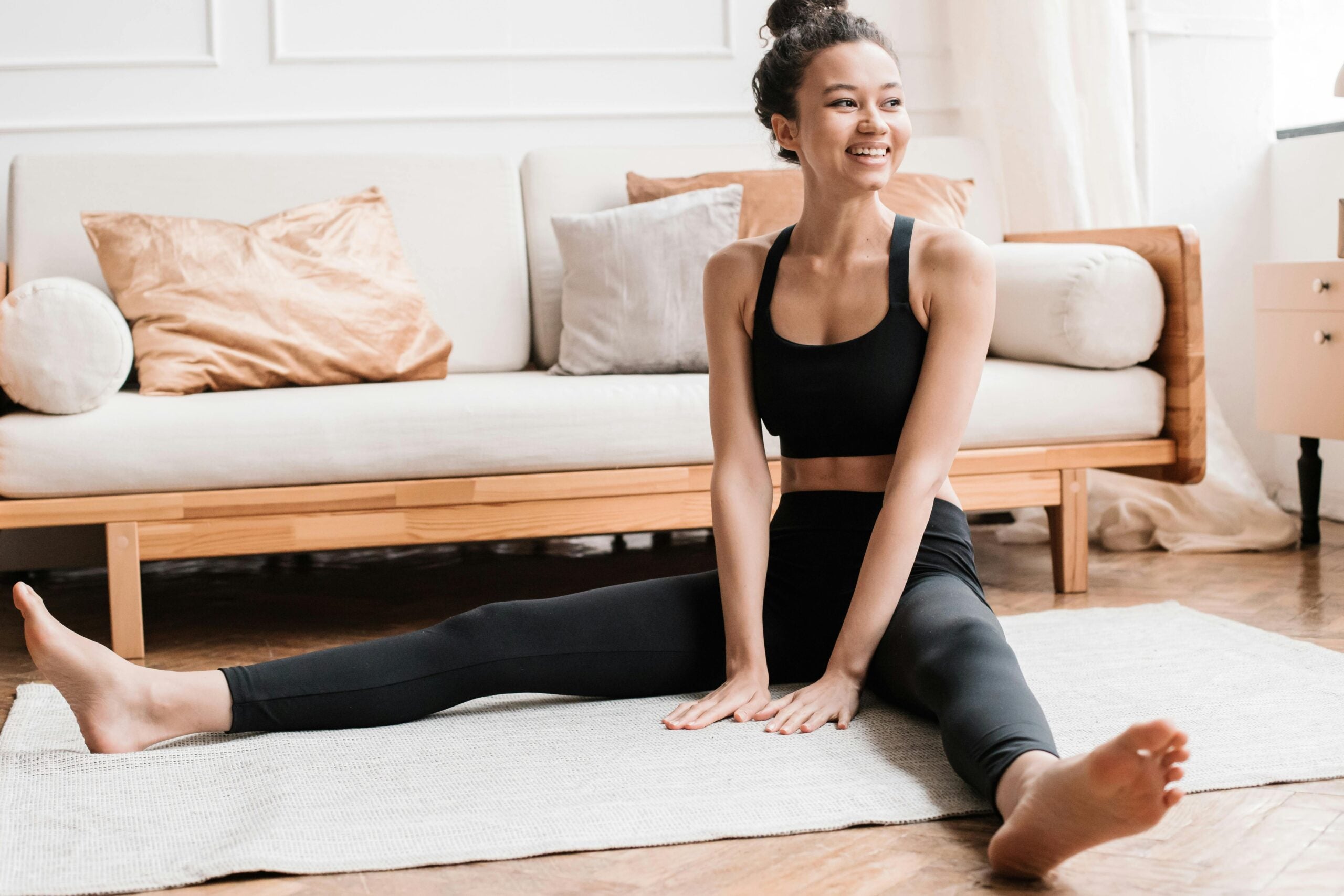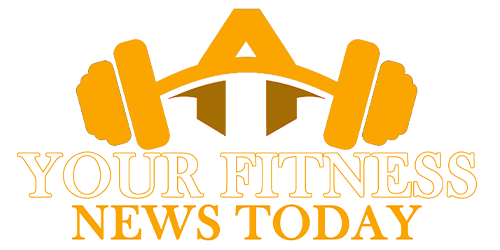Published November 20, 2025 05:07AM
If your hips grumble after long periods of sitting, your knees talk to you (and not in a good way) after climbing stairs, or your walking stride feels a little constricted, these could be signs that the fronts of your thighs—also known as your quadriceps—are doing more than their fair share of work.
Strengthening the quadriceps happens without trying. They’re crucial in everyday movements including sitting, standing, walking, and running. The quads are also majorly involved in most gym workouts and your yoga practices (think Squats and Chair Pose). Because of this, they’re prone to chronic tightness, which can throw the body out of whack and cause the knees or hips to feel “off.”
This is why quad stretches are essential in helping your legs and entire lower body maintain balance, range of motion, and ease in movement.
Anatomy of the Quadriceps
The quadriceps femoris is a group of four muscles on the front thighs that, when contracted, straighten the knees. Three of the quad muscles run from the thigh bone (femur) to the kneecap (patella). The fourth, called the rectus femoris, originates higher on the body on the front of the pelvis, and crosses the hip and the knee joints before meeting the other quads.
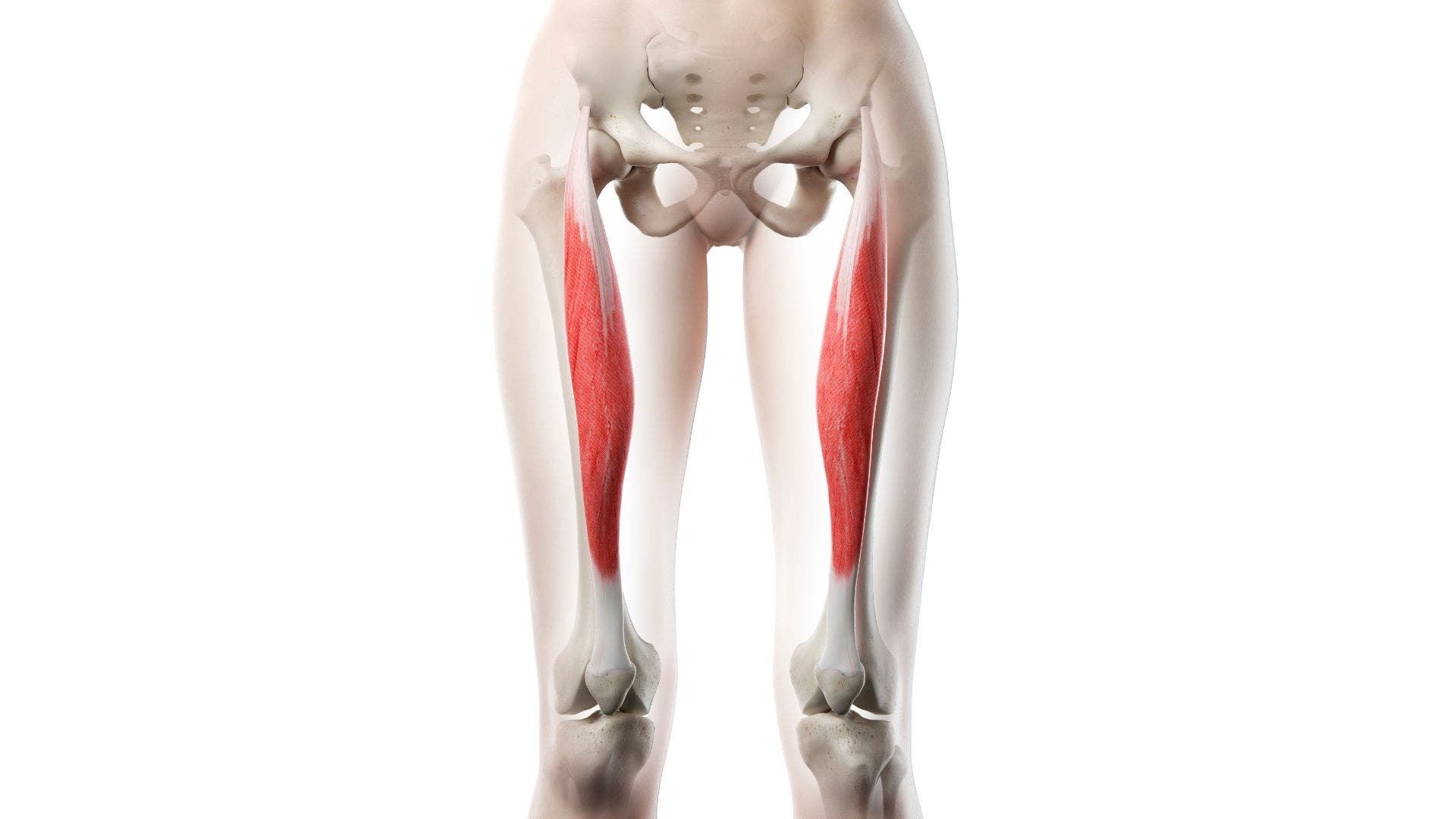
When the rectus femoris is chronically shortened from being tight, it restricts the movement of your back leg when walking and running. In this case, your body may compensate by arching the lower back or overstretching the calves. And if the strength of the quadriceps dominates while the hamstrings and glutes are underused, the pelvis can tip forward (anterior pelvic tilt), which increases lumbar strain.
“Balanced” quads allow enough space for the hips to move without dragging the pelvis forward or causing other muscles to pick up the slack. This is where quad stretches come into play.
8 Quad Stretches to Relieve Tight Muscles
These yoga poses help relieve tightness in the quadriceps and surrounding muscles. During these quad stretches, you should feel a tolerable sensation. If you feel pain in your kneecap or pinching in your lower back, try to lessen the intensity or skip the pose altogether.
Instead of forcing yourself into the deepest stretch, tune into your body’s yeses and nos and focus on feeling steady and easeful (sthira sukham asanam), in the words of yoga philosopher Pantanjali.
If you experience knee discomfort, talk to a doctor before starting this yoga practice.
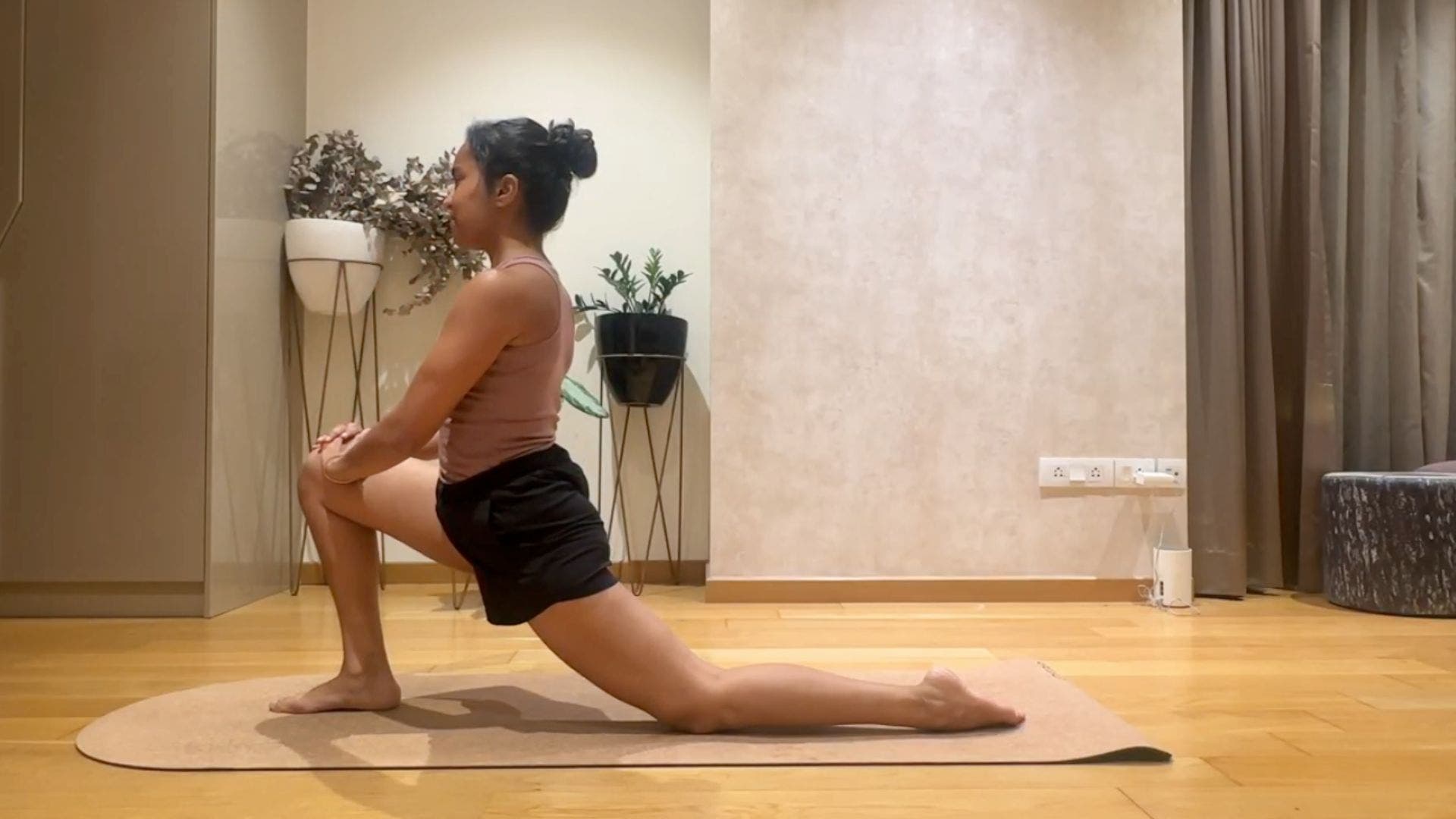
1. Low Lunge (Anjaneyasana)
A mainstay in most yoga classes, Low Lunge stretches the muscles along the front of your hip and thigh, including the quads. If it’s comfortable, sink your hips forward and toward the mat to help lengthen the rectus femoris but be careful to lift out of your lower back to prevent compressing your lumbar.
How to: From hands and knees, step your right foot forward in between your hands. Slide a folded blanket or towel underneath your left knee if it’s more comfortable. Lift your chest so you’re upright, placing both hands on your right thigh. Slide your back knee away from you until you feel a stretch along the front of your left thigh in Low Lunge. Imagine your tailbone pointing straight down toward the mat. Take 5-8 breaths here, then switch sides.

2. Half Frog (Ardha Bhekasana)
Lying on your stomach in Half Frog stabilizes your hips, which makes it easier to isolate the stretch in the quads without putting undue pressure on your knees.
How to: Lie on your belly with your legs extended straight behind you. Prop yourself up on your forearms in Sphinx Pose. Bend your right knee and grasp your ankle with your right hand or loop a belt or strap around your ankle. Draw your heel toward your outer right hip. Keep both front hip bones grounded on the mat and gently draw your navel toward your spine. Take 5-8 breaths, then release your right leg and bend your left leg to switch sides.
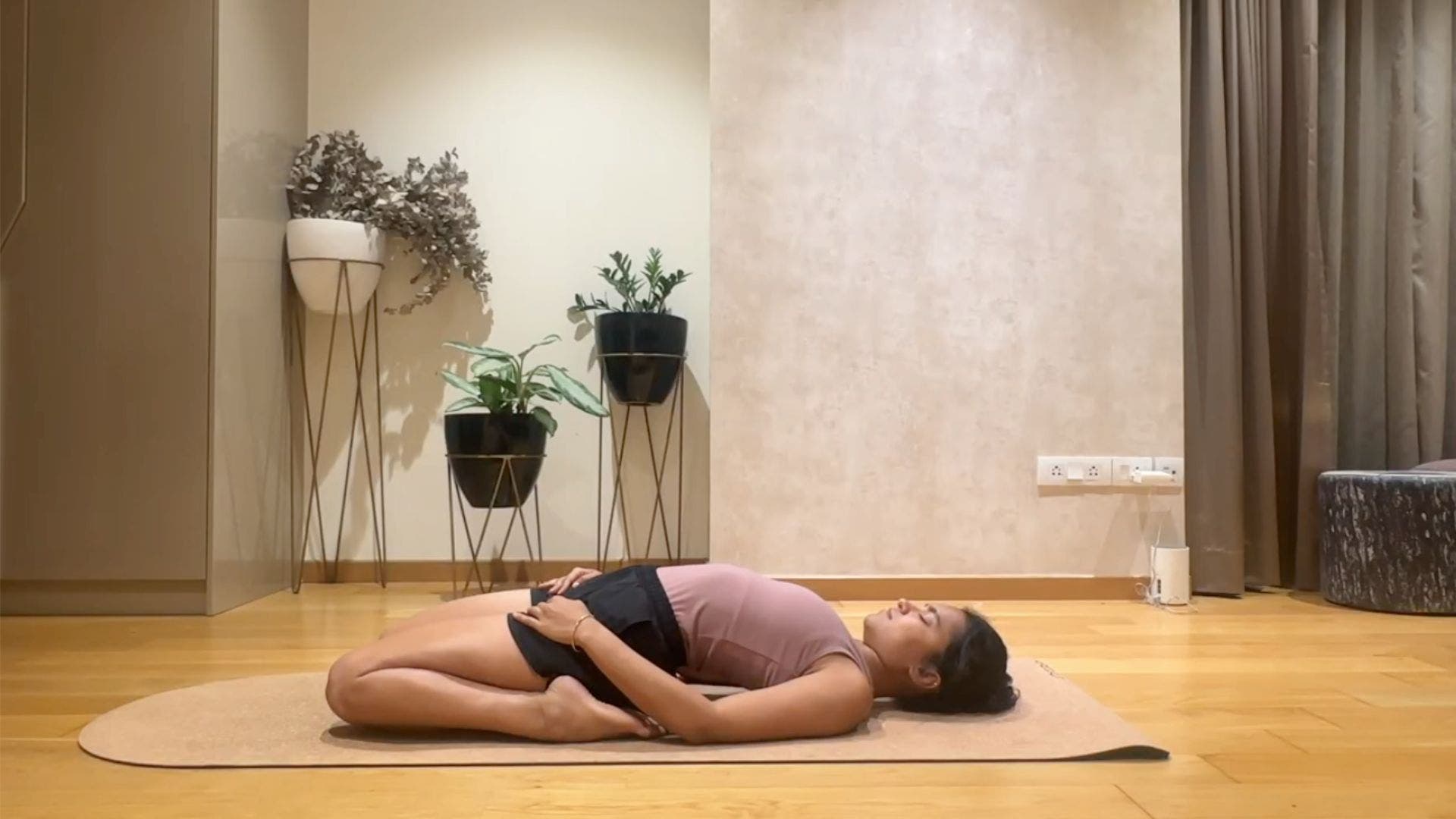
3. Reclining Hero (Supta Virasana)
The focus of this posture is stretching the lower body and relaxing the upper body. Lying back on a bolster or cushion allows for a gentler sensation with less knee strain.
How to: Kneel on the mat and lower your hips between your heels, on a block if it’s more comfortable, in Hero Pose. Place a bolster or cushion lengthwise behind you. Lie back onto the bolster. Rest your arms by your sides or on your belly. If you feel any pinching or restriction in your knees, add more support on top of your bolster to elevate your hips or remain upright in Hero Pose. Stay here for 5-10 breaths.

4. Pigeon Pose (Eka Pada Rajakapotasana)
One of the most widely practiced hip stretches in yoga is also a quad stretch for your back leg. Steady breath helps release tension in your lower body—as does a prop underneath your front hip if needed.
How to: Come into Downward-Facing Dog. Step your right foot forward and lower your outer right shin to the mat. Straighten your left leg behind you. Place a folded blanket or block underneath your right hip for more support. Plant your hands on the mat on either side of your hips. Reach the crown of your head toward the ceiling and draw your shoulders away from your ears in Pigeon Pose. Stay here, or for more of a challenge, bend your left knee and reach behind to grasp your ankle with your left hand or a strap. Draw your ankle toward your outer left hip. Take 5-8 breaths in your chosen variation, then return to Downward-Facing Dog. Switch sides.
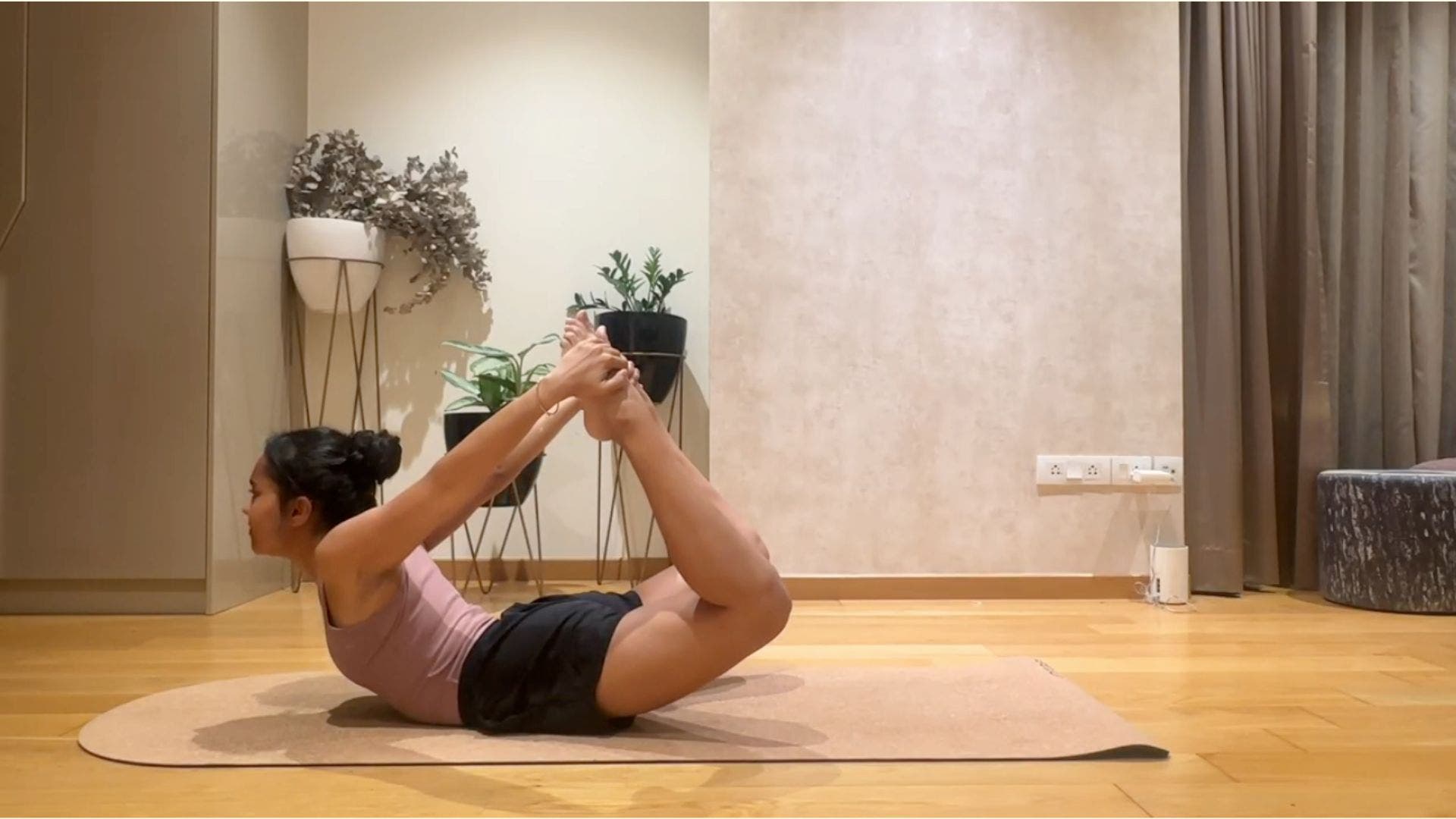
5. Bow Pose (Dhanurasana)
A backbend, Bow Pose stretches the quads, hip flexors, and chest in one cohesive posture. The resistance between your hands and feet creates an active, dynamic stretch.
How to: Lie on your belly. Bend both knees and grasp your ankles with your hands or wrap a strap around each one and hold the strap ends in your hands. Inhale and press your ankles away from you to create resistance while you lift your chest off the mat. Gaze straight in front of you and keep pressing your feet into your hands or the strap until your thighs lift off the mat in Bow Pose. Take 3-5 breaths here, then slowly lower your legs to the mat.

6. Bridge Pose (Setu Bandhaasana)
The controlled lift of your hips in Bridge Pose strengthens the back body, which allows the hips and quads to release.
How to: Lie on your back with your knees bent and your feet hip-width apart on the mat. Press your feet into the mat as you inhale and lift your hips in Bridge Pose. Take 5 breaths here, then slowly lower your hips to the mat.
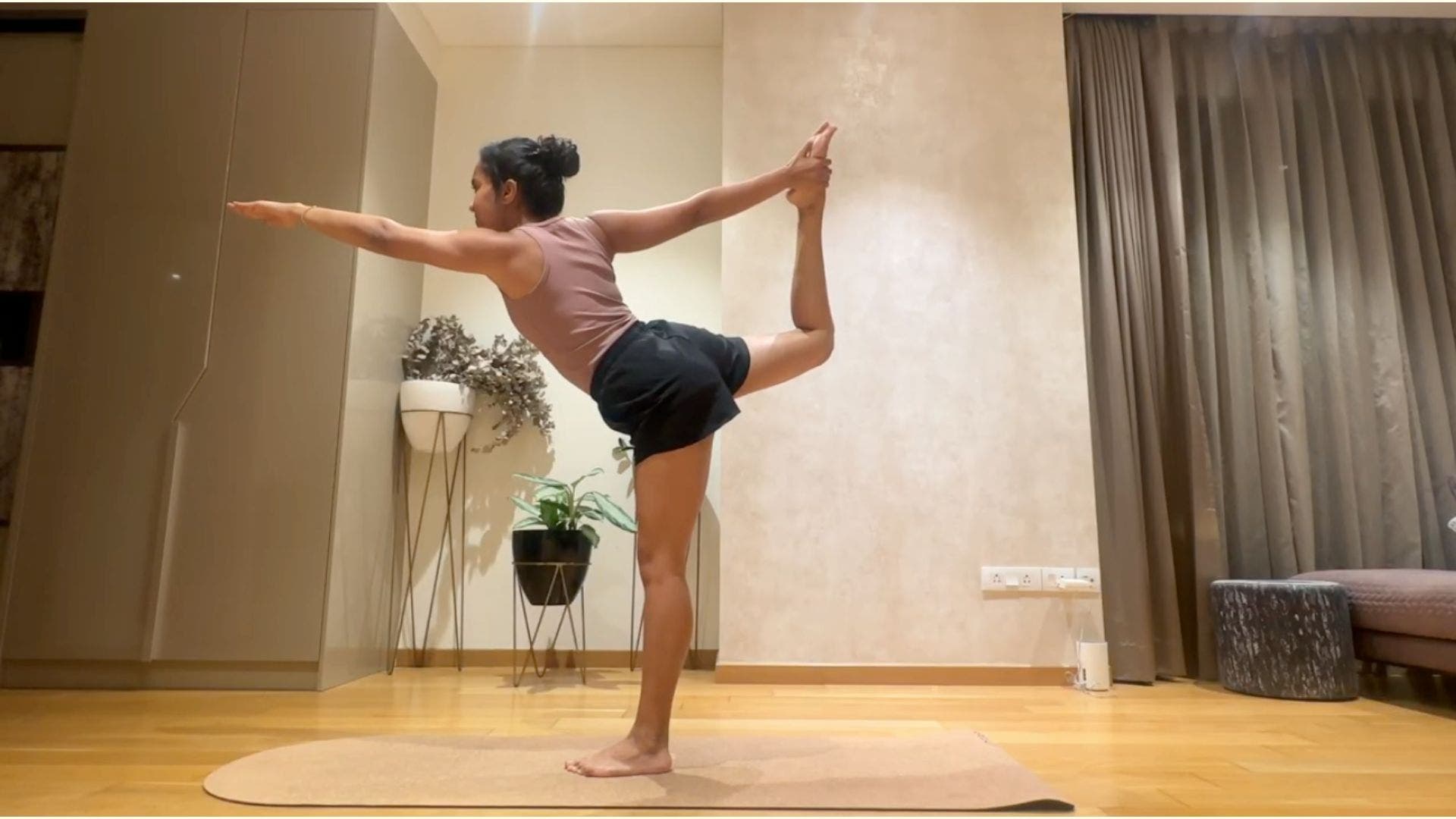
7. Dancer Pose (Natarajasana)
This poised standing balance pose is a hip, quad, and chest stretch. Place one hand on a wall for extra stability.
How to: Stand tall. Bend your right knee behind you, grasping your foot with your right hand or a strap. Keep your knees close to each other and point your tailbone straight down toward the mat. Press your foot into your hand or the strap as you reach your chest forward. Reach your left arm straight in front of you in Dancer Pose. Practice near a wall and place your left hand against it for more support. Stay here for 5-8 breaths, then slowly return to standing. Switch sides.

